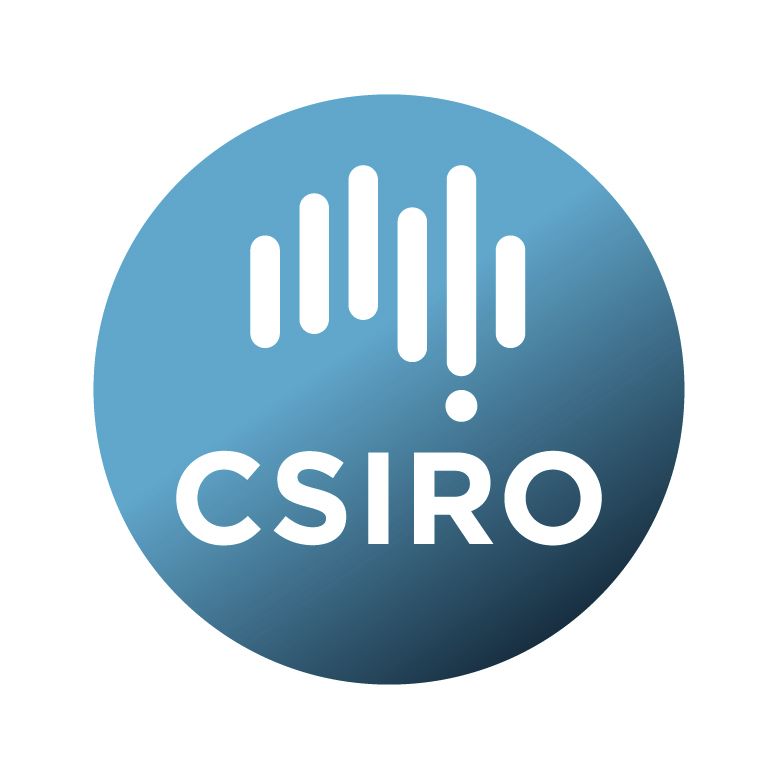Brief description
Refugial potential index for Reptiles as a function of climate change based on Generalised Dissimilarity Modelling (GDM) of compositional turnover.This metric represents a relative measure of the potential of each grid cell to act as a climate change refugia for the local (100km radius) area, taking the representation of current ecological environments by the future state of the cell, and the area of similar ecological environments in the future into account.
This metric was developed along with others for use in an assessment of the efficacy of the protected area system for biodiversity under climate change at continental and global scales, presented at the IUCN World Parks Congress 2014. It is described in the AdaptNRM Guide “Helping Biodiversity Adapt: Supporting climate adaptation planning using a community-level modelling approach”, available online at: www.adaptnrm.org.
Data are provided in two forms:
1. Zipped ESRI float grids: Binary float grids (*.flt) with associated ESRI header files (*.hdr) and projection files (*.prj). After extracting from the zip archive, these files can be imported into most GIS software packages, and can be used as other binary file formats by substituting the appropriate header file.
2. ArcGIS layer package (*.lpk): These packages contain can be unpacked by ArcGIS as a raster with associated legend.
Additionally a short methods summary is provided in the file BiodiversityModellingMethodsSummary.pdf for further information.
Layers in this 9s series use a consistent naming convention:
BIOLOGICAL GROUP _ FROM BASE_ TO SCENARIO_ ANALYSIS
e.g. A_90_CAN85_S or R_90_MIR85_L
where BIOLOGICAL GROUP is A: amphibians, M: mammals, R: reptiles and V: vascular plants
Lineage: Refugial potential index was calculated using the highly parallel bespoke CSIRO Muru software running on a LINUX high-performance-computing cluster, taking GDM model transformed environmental grids as inputs. More detail of the calculations and methods are given in the document “BiodiversityModellingMethodsSummary.pdf” provided with the data download.
GDM Model:
Generalised dissimilarity model of compositional turnover in amphibian species for continental Australia at 9 second resolution using ALA data extracted 28 February 2014 (GDM: REP_r3_v2)
Climate data. Models were built and projected using:
a) 9-second gridded climatology for continental Australia 1976-2005: Summary variables with elevation and radiative adjustment
b) 9-second gridded climatology for continental Australia 2036-2065 MIROC5 RCP 8.5 (CMIP5): Summary variables with elevation and radiative adjustment
Available: 2015-06-24
Data time period: 2015-06-20 to 2015-06-20
Subjects
1990 climates |
Biological Sciences |
Climate Change Impacts and Adaptation |
Community Ecology (Excl. Invasive Species Ecology) |
Conservation and Biodiversity |
Environmental Sciences |
Ecological Impacts of Climate Change and Ecological Adaptation |
Ecology |
Environmental Management |
Global Change Biology |
Other Biological Sciences |
Reptiles |
adaptation, generalised dissimilarity model |
biodiversity |
historical climates, adaptnrm |
scaled environmental variables |
User Contributed Tags
Login to tag this record with meaningful keywords to make it easier to discover


